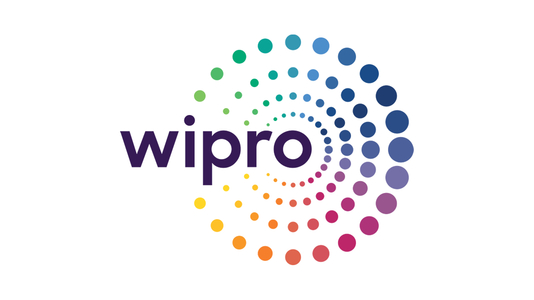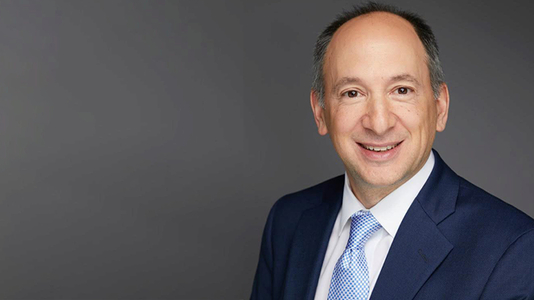

PETER WEINGARD
Global Head of Brand at Wipro
CMO COUNCIL: What is triggering the renaissance of audio today?
WEINGARD: There are three key trends that have led to podcast growth in the last 10 years. First was the growth of smartphone ownership, which has reached full penetration in America, and has been paired with the ubiquity of Wi-Fi and unlimited data plans. Second is the self-curation and on-demand media preferences of younger audiences. Growth in on-demand video maps pretty congruently to the growth in on-demand audio. Lastly, there was an explosion of creativity using the medium led by public radio creators like Ira Glass and Jad Abumrad.
CMO COUNCIL: You mentioned that the preferences of younger audiences are driving this revolution. What about older audiences, how do they fit into this picture and how should brands treat them differently when it comes to content?
WEINGARD: Though an over-simplification of reality, there is an observable difference between how media is being consumed, often across generational lines. Older audiences tend to stick to traditional linear models like broadcast television and radio. The younger audiences, however, are consuming more on-demand: social media, OTT, and podcasts.
As we researched these two audiences at New York Public Radio, we found that the ultimate needs of these two audiences were the same: both audiences want high-quality content. They seek truthful, well-researched journalism and want courageous conversations on issues that matter.
Both audiences have an innate curiosity. In that respect, the delivery mechanism doesn't really matter. What was essential for us was that we created the content that people need and delivered it in a way that presented them with the least amount of friction. It remains content is king, and distribution is queen. I think we’re seeing this play out now in the streaming television space with the successful launch of Disney+
CMO COUNCIL: As content creation and distribution evolves, how does that impact the role that content plays in the marketing ecosystem?
WEINGARD: In my roles at media companies, we weren’t in the content marketing business, we were in the content business. Content was the product for us, so in that respect, the role of the marketer was to support the editorial operation in understanding consumer trends, needs, and opportunities as well as trying to solve for the content discovery conundrum, which remains a challenge for the media business.
For most brands, however, content has become a mechanism to support a larger marketing objective. Brands need to consider what they are trying to communicate through content. In the last 10 years, the model of brands becoming publishers and creating their own content replaced paid media that interrupts programming to deliver some kind of sales message. So, in this way you can say I help media companies become brands, and help brands become media companies.
Still, a brand often doesn't have enough to say of relevance. B2B advertisers are beginning to embrace more consumer-like content styles and I think here's where we're going to see the next revolution.
CMO COUNCIL: What is the biggest challenge marketers face when it comes to their content marketing strategy?
WEINGARD: All marketers have access to all the same platforms and can reach all the same audiences. Control over distribution channels no longer exists, which gives brands an advantage. However, this widespread access means a highly saturated market. We now live in an attention economy: having something of value to say is what really differentiates now.
Ready to turbocharge your digital content? Register for our upcoming webinar!
CMO COUNCIL: Where does trust fit into the equation?
WEINGARD: Trust gets to the essence of what a brand is. A brand is not a logo or a trademark; it's the promise of an experience. The overlap between the trust inherent in the brand and the customer satisfaction that comes through delivery is where brand authenticity emerges.
CMO COUNCIL: Looking more broadly at the role of marketing, are there any new areas of opportunity or areas where marketers should be re-directing their focus?
WEINGARD: In recent years, marketing performance has been emphasized too much. A lot of the efficiencies that have been wrung out of the system and brands that feel they've squeezed all of the juice out of that lemon are now looking for opportunities to move up the funnel.
We’re starting to see the pendulum swing back. As upstart brands and legacy brands fight for the attention and trust of the same consumers, companies are thinking a lot about their brand, what they stand for and how that equity affects sales growth. And remember that ‘brand’ is a reflection of all the aspects of how a business touches customers, from advertising, yes, but also through product, price, place, customer service, packaging, etc. We’ve all seen the data that says maintaining current customers is far more profitable than trying to get new ones. The role of the CMO is to manage that entire journey… not just the last mile.
CMO COUNCIL: We’ve seen an evolution in the role of the CMO from advertiser to growth driver. What is spurring that evolution?
WEINGARD: I think this evolution is overdue; it's actually pushing marketers to become what marketers were always supposed to be: the leader who helps the company identify opportunities and then fill them with products that could be sold.
Marketers should not be merely advertising experts - especially in a post-advertising world. Too much emphasis has been only on the promotion part of marketing, the least important part these days. What's valuable now is how a marketer helps a company find a competitive advantage with consumers and with their products. Marketing and innovation are really the only two things that a company does.
I don't want to be the executive who spends the money. I want to find ways to be the money. At a minimum, today's CMO has to be both a scientist, adept at data and technology behind all modern marketing tech and an artist, able to develop and maintain a brand story.
CMO COUNCIL: Do you have any parting advice to share with your fellow CMOs or the CMOs of the future?
WEINGARD: There's something that's happening in marketing that concerns me a little bit, which is a tendency toward hyper-specialization. Rather, we as marketers need to develop a generation of marketers who understand all the parts of the supply chain; marketers who create value for the business, and ultimately, a satisfied customer at the end.
My personal mandate whenever I'm managing a team is to help the team members get as broad a perspective as possible on how the business runs. I don’t want individuals working on a certain function; I want marketers to work together as a team on a particular objective to help grow a piece of the business.
If we want to build a discipline that is respected across the C-Suite, we must stop focusing on how to spend the marketing budget efficiently and start focusing on how to grow a business with our partners. The future of marketing, if we are to remain relevant, is to shift our mentality from marketing communications to marketing.
